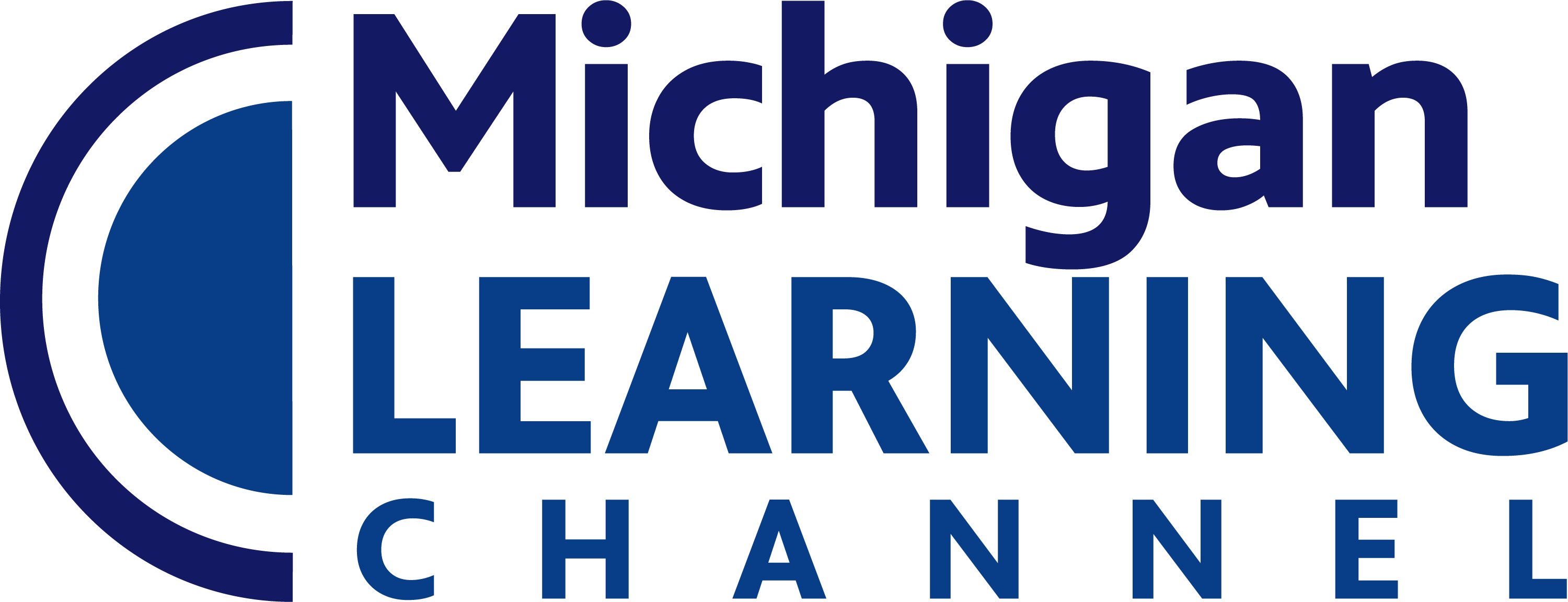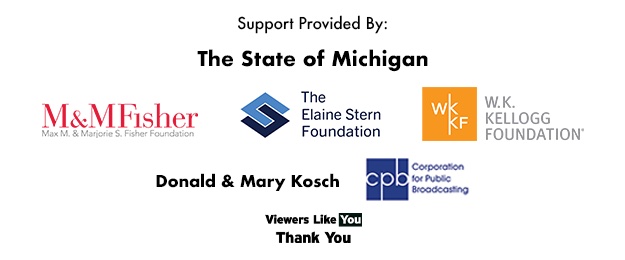Subjects
Shows
Understand the varying qualities of materials, techniques, media technology, and processes at a developing level.
Develop the concept of proper use of art materials and using tools safely and responsibly.
Develop reflective thinking skills by observing, analyzing, and critically evaluating works of art for the purpose of improving technical quality.
Produce and exhibit a final product that demonstrates quality craftsmanship and technique at a developing level.
Develop and apply critical thinking strategies through the art making process at a developing level.
Collaborate, communicate, and work with others to create new ideas at a developing level.
Initiate new ideas employing inventiveness and innovation at a developing level.
Make knowledgeable choices about materials, techniques, media technology, organizational principles, and processes to articulate ideas and communicate intended meaning at [...]
Develop the skill of interpreting artwork, searching for embedded meaning, function, and personal connections at a developing level.
Develop the ability to describe how the artist’s choice of materials, techniques, media technology, and processes influence the viewer.
Develop critical thinking strategies, observing, comparing, and contrasting artworks.
Identify and practice, with guidance, techniques for physical and vocal conditioning.
Serve as leader and employ effective communication skills to facilitate the sharing of ideas.
Recognize and explain the unique characterizations of the dramatic script such as dramatic action and dialogue.
Create monologues, dialogues, and short plays in response to real life conflict.
Discuss the role of the designer and technical elements in the theatre process.
Study a play or story, and visualize, draw, and create a simple theatrical environment for it.
Recognize elements of dramatic structure (foreshadowing, flashbacks, rising action, crisis, and denouement) that impact technical needs.
Gather and investigate materials to support artistic choices in the creation and portrayal of characters and their stories.
Research materials from various sources to discover how they affect audience response.
Provide and listen to constructive criticism and respond in a positive manner.
Produce written, verbal, and visual responses to students' written and/or performed dramatic material.
Demonstrate a basic knowledge of European theatre history that may include primitive storytelling and Greek/Roman times to the Elizabethan period.
Identify the ways in which many cultures have used theatre to communicate ideas.
Research and identify a wide variety of professions related to theatre; playwriting, acting, design, and directing.
Identify examples of how theatrical productions can influence or be influenced by politics and culture.
Sing and play accurately in both small groups and large ensembles, with appropriate technique and breath control.
Sight read basic melodies in treble or bass clef, using combinations of whole, half, quarter, and eighth notes and rests; [...]
Use a variety of traditional and nontraditional sound sources when composing, arranging, and improvising.
Identify and describe specific musical elements and events in a given aural example, using appropriate terminology.
Demonstrate knowledge of the basic principles of rhythm, simple meter (2/4, 3/4, 4/4), and the intervals of a major scale.
Develop criteria based on musical knowledge and personal reflections to evaluate the quality and effectiveness of music performances. Apply these [...]
Subjects
Shows
Understand the varying qualities of materials, techniques, media technology, and processes at a developing level.
Develop the concept of proper use of art materials and using tools safely and responsibly.
Develop reflective thinking skills by observing, analyzing, and critically evaluating works of art for the purpose of improving technical quality.
Produce and exhibit a final product that demonstrates quality craftsmanship and technique at a developing level.
Develop and apply critical thinking strategies through the art making process at a developing level.
Collaborate, communicate, and work with others to create new ideas at a developing level.
Initiate new ideas employing inventiveness and innovation at a developing level.
Make knowledgeable choices about materials, techniques, media technology, organizational principles, and processes to articulate ideas and communicate intended meaning at [...]
Develop the skill of interpreting artwork, searching for embedded meaning, function, and personal connections at a developing level.
Develop the ability to describe how the artist’s choice of materials, techniques, media technology, and processes influence the viewer.
Develop critical thinking strategies, observing, comparing, and contrasting artworks.
Identify and practice, with guidance, techniques for physical and vocal conditioning.
Serve as leader and employ effective communication skills to facilitate the sharing of ideas.
Recognize and explain the unique characterizations of the dramatic script such as dramatic action and dialogue.
Create monologues, dialogues, and short plays in response to real life conflict.
Discuss the role of the designer and technical elements in the theatre process.
Study a play or story, and visualize, draw, and create a simple theatrical environment for it.
Recognize elements of dramatic structure (foreshadowing, flashbacks, rising action, crisis, and denouement) that impact technical needs.
Gather and investigate materials to support artistic choices in the creation and portrayal of characters and their stories.
Research materials from various sources to discover how they affect audience response.
Provide and listen to constructive criticism and respond in a positive manner.
Produce written, verbal, and visual responses to students' written and/or performed dramatic material.
Demonstrate a basic knowledge of European theatre history that may include primitive storytelling and Greek/Roman times to the Elizabethan period.
Identify the ways in which many cultures have used theatre to communicate ideas.
Research and identify a wide variety of professions related to theatre; playwriting, acting, design, and directing.
Identify examples of how theatrical productions can influence or be influenced by politics and culture.
Sing and play accurately in both small groups and large ensembles, with appropriate technique and breath control.
Sight read basic melodies in treble or bass clef, using combinations of whole, half, quarter, and eighth notes and rests; [...]
Use a variety of traditional and nontraditional sound sources when composing, arranging, and improvising.
Identify and describe specific musical elements and events in a given aural example, using appropriate terminology.
Demonstrate knowledge of the basic principles of rhythm, simple meter (2/4, 3/4, 4/4), and the intervals of a major scale.
Develop criteria based on musical knowledge and personal reflections to evaluate the quality and effectiveness of music performances. Apply these [...]


